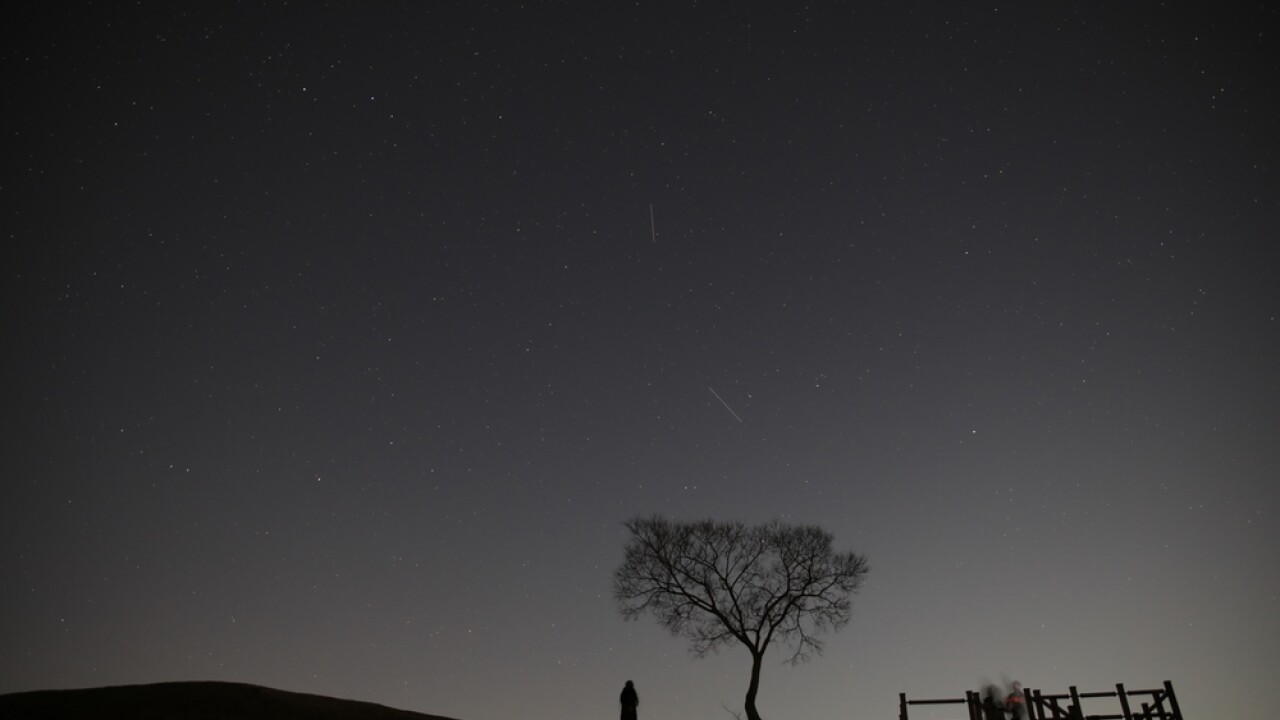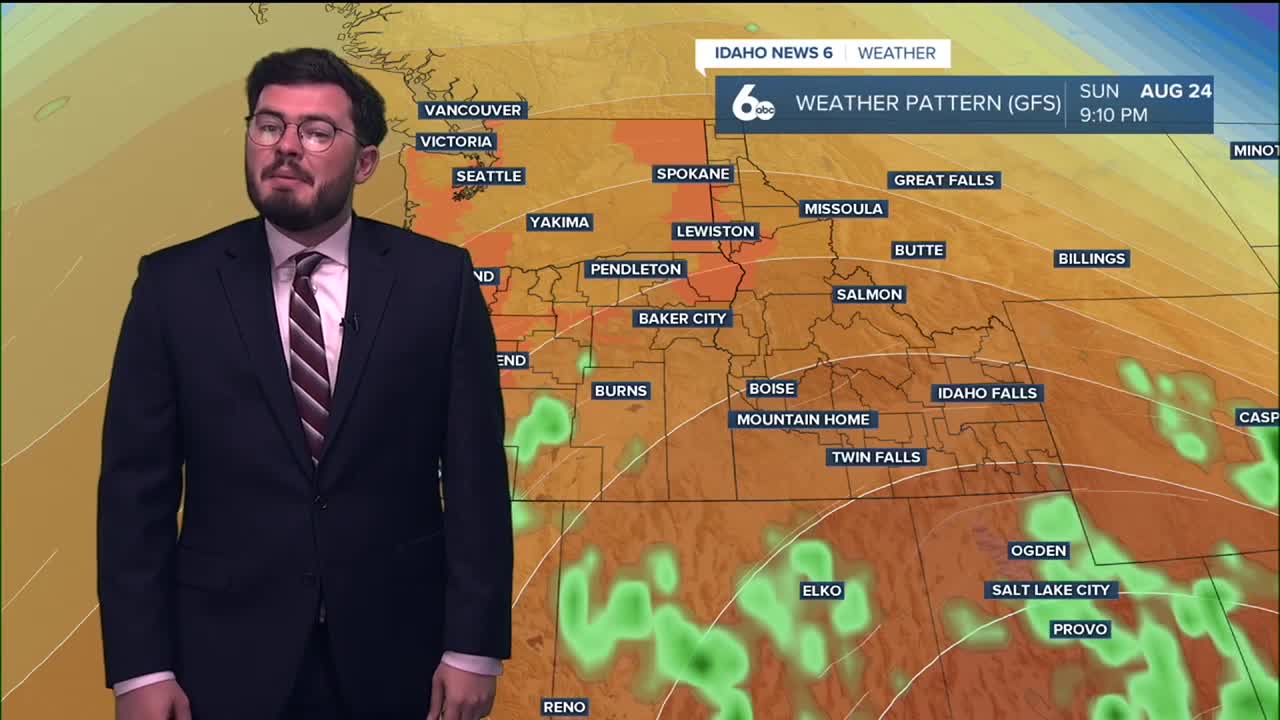What is a black moon? Rare lunar event returns this weekend

Events that occur once during a black moon are equally as common as those that occur once during a blue moon.
The world will witness a black moon this weekend. In reality, the moon won’t turn black.
Two new moons in a single month or four new moons in a single season are referred to as “black moons.”
The third new moon of this season is designated as a black moon, and there will be four more in the summer of 2025.
Black moons don’t happen very often. Approximately every 29.5 days, there is a new moon. A black moon typically necessitates a new moon falling on the first day of a month or season because most months are 30 or 31 days long and a season is approximately 91 days long.
Two full moons in a month or four in a single season are equally likely to produce a blue moon.
Because the new moon phase offers darker skies for seeing stars and planets, astronomers find a black moon more intriguing than a blue moon. On the other hand, other objects in the night sky are often obscured by the strong light of a full moon, making them more difficult to notice.
On September 7, there will be a lunar eclipse and the next full moon. Unfortunately for Americans, only watchers in Asia, Europe, and Africa will be able to observe this eclipse because it will occur during the day.
Only a portion of the Southern Hemisphere will be able to witness the partial solar eclipse that this new moon will bring.











